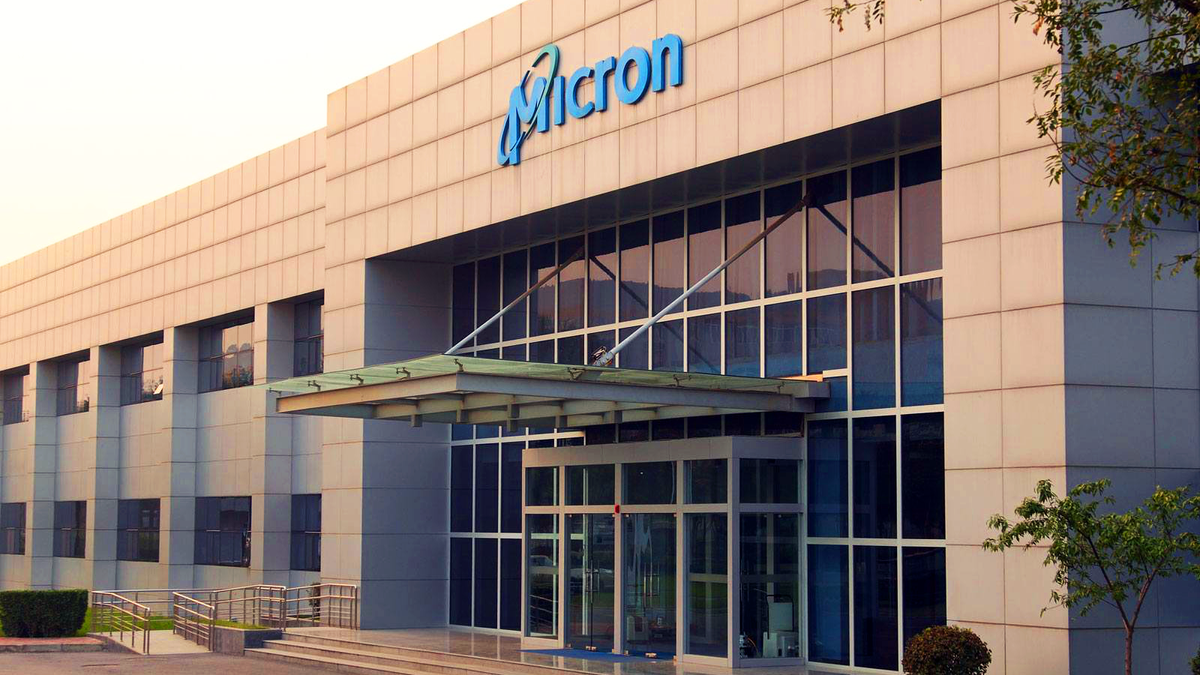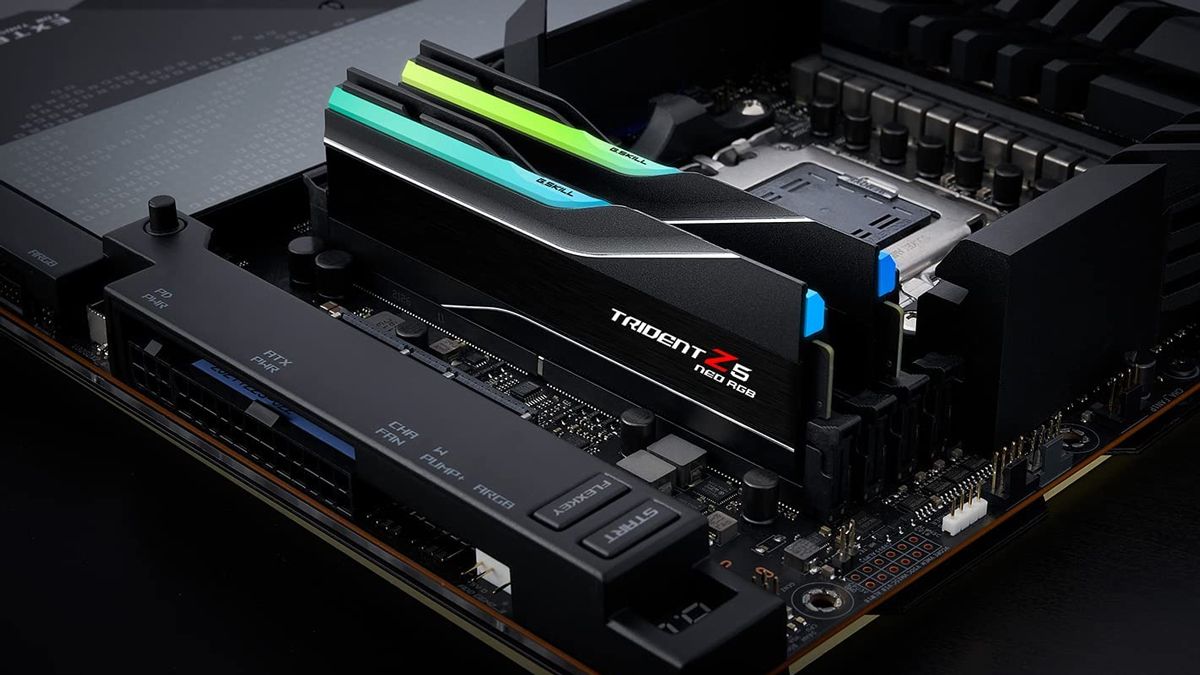Get the latest tech news
Matrix-vector multiplication implemented in off-the-shelf DRAM for Low-Bit LLMs
General matrix-vector multiplication (GeMV) remains a critical latency bottleneck in large language model (LLM) inference, even with quantized low-bit models. Processing-Using-DRAM (PUD), an analog in-DRAM computing technique, has the potential to repurpose on-device DRAM as a GeMV engine, offering additional high-throughput processing capabilities to widespread consumer devices without DRAM modifications. However, applying PUD to GeMV operations in the LLM inference pipeline incurs significant overheads $\textit{before}$ and $\textit{after}$ in-DRAM computation, diminishing the benefits of its high-throughput processing capabilities. This paper presents MVDRAM, the first practical system to accelerate GeMV operations for low-bit LLM inference using unmodified DRAM. By leveraging the data sharing patterns and mathematical linearity in GeMV operations, MVDRAM orchestrates the processor and DRAM to eliminate the costs associated with pre-arranging inputs and bit-transposition of outputs required in conventional PUD approaches. Our experimental evaluation with four DDR4 DRAM modules shows that MVDRAM achieves comparable or even better inference speed than the processor-based implementation for GeMV operations in low-bit (under 4-bit) LLM. In particular, MVDRAM achieves up to 7.29$\times$ speedup and 30.5$\times$ energy efficiency for low-bit GeMV operations. For end-to-end LLM inference, MVDRAM achieves 2.18$\times$ and 1.31$\times$ throughput improvements, along with 3.04$\times$ and 2.35$\times$ energy efficiency, for 2-bit and 4-bit quantized low-bit models, respectively. MVDRAM has the potential to redefine the AI hardware landscape by demonstrating the feasibility of standard DRAM as an LLM accelerator.
However, applying PUD to GeMV operations in the LLM inference pipeline incurs significant overheads $\textit{before}$ and $\textit{after}$ in-DRAM computation, diminishing the benefits of its high-throughput processing capabilities. By leveraging the data sharing patterns and mathematical linearity in GeMV operations, MVDRAM orchestrates the processor and DRAM to eliminate the costs associated with pre-arranging inputs and bit-transposition of outputs required in conventional PUD approaches. Our experimental evaluation with four DDR4 DRAM modules shows that MVDRAM achieves comparable or even better inference speed than the processor-based implementation for GeMV operations in low-bit (under 4-bit) LLM.
Or read this on Hacker News
